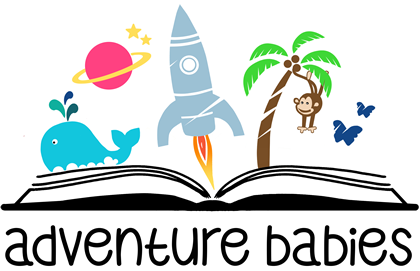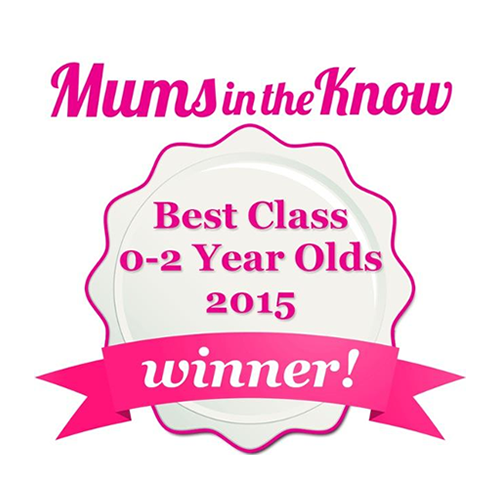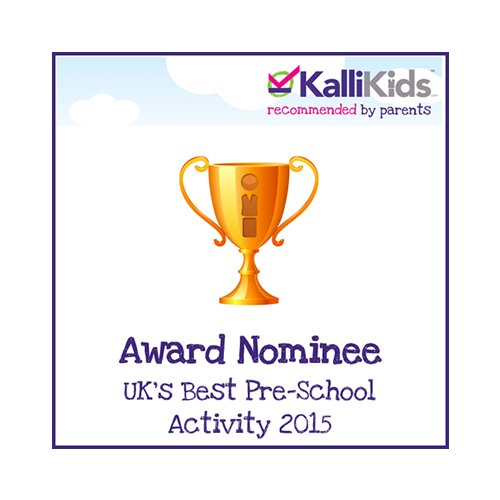When Do Babies Make Eye Contact?
So, you’ve had a baby. Congratulations! You’re officially in the thick of it: night feeds, endless nappies, 4am Googling, and a love so fierce it takes your breath away.
Somewhere between surviving and staring at your baby in disbelief, a thought creeps in:
“When do the milestones start?”
“What’s the first thing I’ll notice?”
It’s not a word. It’s not a roll. It’s not a nap that lasts more than 20 minutes (we wish).
The first milestone that truly lands?
Eye contact.
That tiny moment… where they see you
It usually happens somewhere around 6 to 8 weeks, and it doesn’t come with fireworks. But when your baby looks straight into your eyes — not past you, not near you — just right at you, it’s something else.
It’s like the world goes quiet for a second.
Like someone has hit pause on the noise, the tiredness, the endless to-do list — and reminded you:
“This is real. You’re their person.”
Parents often ask, “When do babies make eye contact?” and this beautiful moment is usually the answer. It’s subtle but unforgettable.
Why is this first milestone so powerful?
Because it’s your baby’s first social connection. Eye contact is how babies begin to bond, to communicate, to understand that you are their safe place. It’s the first step towards smiling, laughing, babbling — and all the joyful chaos that’s coming next.
So if you’re wondering, “When do babies make eye contact and what does it mean?” — the answer is: early on, and everything. It means everything.
What if my baby isn’t making eye contact yet?
No need to panic. Some babies are just slow burners. They might glance past you, or only lock eyes for a split second before zoning out again. That’s all normal. They’re working hard behind the scenes — developing faster than you can imagine.
If you ever feel unsure, your health visitor or GP is always a good sounding board. But most of the time, it’s just a waiting game. The magic moment will come.
How to help it along
You don’t need fancy gadgets — just your face, your voice, and a good dose of patience.
-
Hold your baby close (about 20–30cm is their sweet spot for vision)
-
Talk to them while they’re alert and calm
-
Use expressive faces — babies love a big smile
-
Don’t be discouraged if they look away quickly — their little brains are doing a lot
Keep doing what you’re doing, and when the moment comes — when your baby truly looks at you — you’ll know. You’ll know exactly when babies make eye contact, because suddenly everything feels different.
Want to soak up more milestone moments?
At Adventure Babies, we create sensory storytelling classes that spark connection — with you, with other parents, and with the magical world your baby is discovering. Whether it’s eye contact, first smiles, or curious little hands exploring new textures, we’re here for every “Did you see that?!” moment.
And yes, it’s a brilliant way to get out of the house and talk to other grown-ups too. Win-win.
In short:
Your baby’s first milestone probably won’t be loud or flashy —
but when they look into your eyes for the first time, it might just stop time for a second.
And in that second, everything changes.








